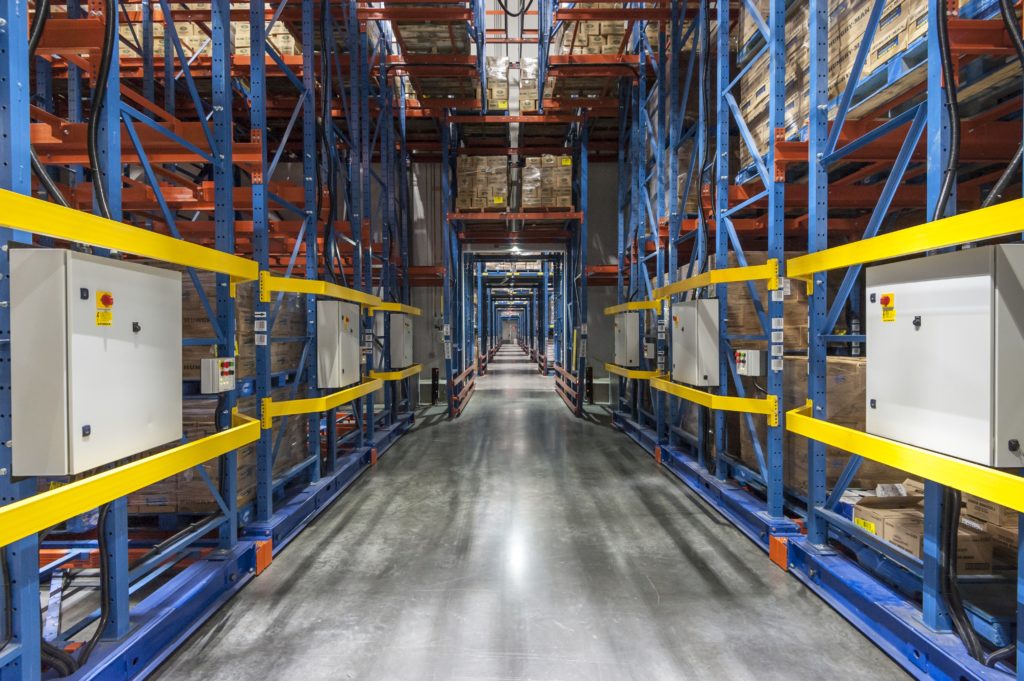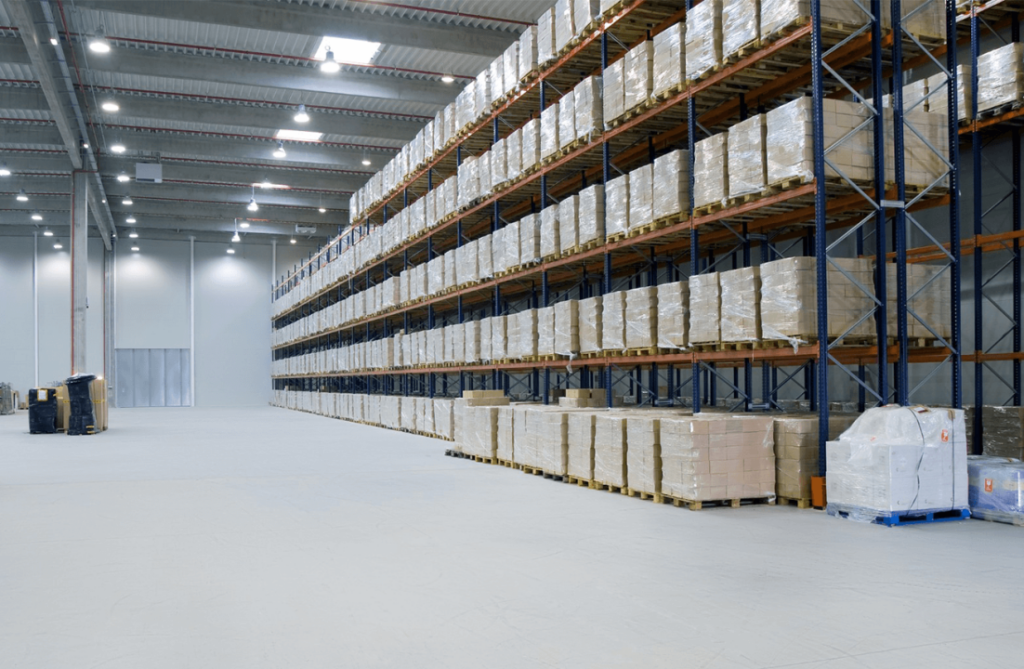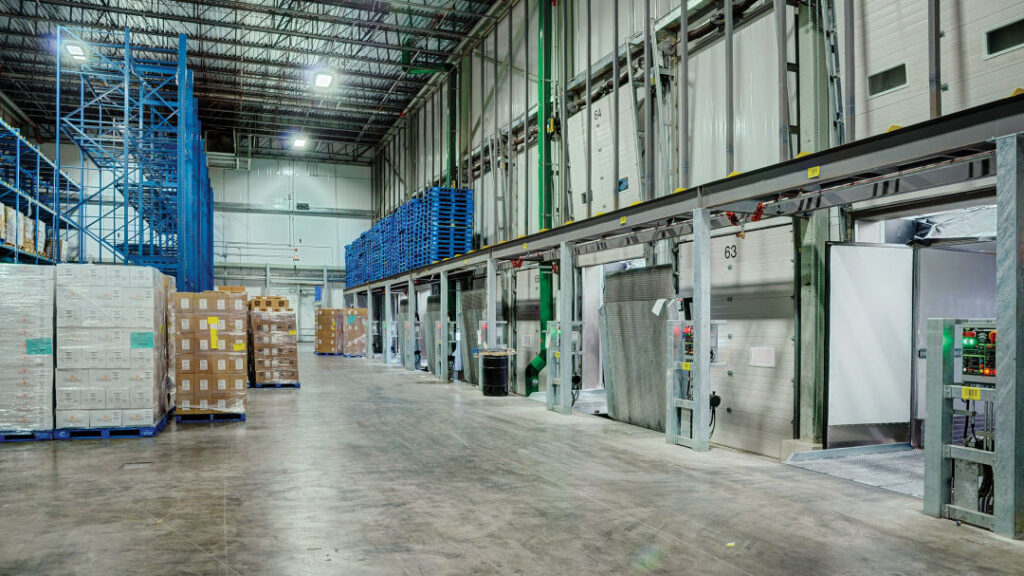Introduction
As the summer heat intensifies in Calgary, businesses and individuals alike turn to cold storage solutions to preserve perishable goods. Choosing the right cold storage option is crucial for maintaining product quality, ensuring food safety, and managing energy costs. In this blog post, we will compare various cold storage options available in Calgary, helping you determine which is best suited for the summer season.
Understanding Cold Storage Needs
Before diving into the comparison, it is essential to understand the specific cold storage needs for different industries and applications.

1. Perishable Goods and Food Safety
Perishable goods, such as fruits, vegetables, dairy products, and meats, require precise temperature control to prevent spoilage and ensure safety. During Calgary’s summer months, maintaining these conditions becomes even more critical due to the higher ambient temperatures.
2. Energy Efficiency
With rising energy costs, selecting an energy-efficient cold storage solution is vital. Efficient systems reduce operational expenses and minimize the environmental impact of high energy consumption.
3. Space and Accessibility
The amount of storage space needed and the ease of access to stored goods are important factors. Businesses need to consider their inventory turnover rates and how frequently they will need to access their stored products.
Types of Cold Storage Options
There are several cold storage options available in Calgary, each with its own advantages and disadvantages. Here, we will explore the most common types:
1. Walk-In Coolers and Freezers
Overview
Walk-in coolers and freezers are a popular choice for restaurants, grocery stores, and small to medium-sized businesses. These units offer a controlled environment for storing perishable items and can be customized to fit specific spatial requirements.
– Pros
- Customizable: Walk-in units can be tailored to specific sizes and configurations, making them versatile for different business needs.
- Accessibility: These units provide easy access to stored goods, facilitating efficient inventory management.
- Temperature Control: Advanced temperature control systems ensure consistent cooling, crucial for maintaining food safety.
– Cons
- Initial Cost: The installation of walk-in units can be expensive, requiring significant upfront investment.
- Energy Consumption: These units can be energy-intensive, leading to higher operational costs during the summer months.
2. Refrigerated Containers
Overview
Refrigerated containers, also known as reefer containers, are portable units that can be used for temporary or permanent cold storage. They are commonly used for transportation and as additional storage during peak seasons.
– Pros
- Portability: These containers can be easily transported and relocated, providing flexibility for businesses with changing storage needs.
- Cost-Effective: Refrigerated containers are often more affordable than permanent installations, especially for short-term use.
- Scalability: Businesses can add or remove containers based on seasonal demand, optimizing storage capacity.
– Cons
- Limited Customization: Unlike walk-in units, refrigerated containers offer limited customization options.
- Maintenance: Regular maintenance is required to ensure the units operate efficiently, especially during the summer heat.
3. Blast Freezers
Overview
Blast freezers are designed for rapid cooling and freezing of products. They are ideal for industries that require quick freezing to preserve the quality and extend the shelf life of perishable items.
– Pros
- Rapid Cooling: Blast freezers can quickly bring down the temperature of products, preserving texture and nutritional value.
- Enhanced Shelf Life: By rapidly freezing products, these units help extend shelf life, reducing waste.
- Food Safety: The quick freezing process minimizes the risk of bacterial growth, ensuring food safety.
– Cons
- High Energy Usage: The rapid cooling process consumes significant energy, leading to higher operational costs.
- Specific Use: Blast freezers are specialized units and may not be suitable for all types of storage needs.
4. Cold Storage Warehouses
Overview
Cold storage warehouses are large-scale facilities designed to store vast quantities of perishable goods. These facilities are used by food distributors, importers, and large retailers.
– Pros
- Large Capacity: These warehouses offer extensive storage space, making them ideal for businesses with high inventory levels.
- Advanced Technology: Equipped with sophisticated cooling and monitoring systems, these warehouses ensure optimal storage conditions.
- Economies of Scale: Large-scale operations can benefit from reduced per-unit storage costs.
– Cons
- Accessibility: Accessing specific items in a large warehouse can be time-consuming and may require logistical planning.
- Cost: Renting or maintaining space in a cold storage warehouse can be expensive, especially for smaller businesses.
5. Household Refrigerators and Freezers
Overview
For small-scale needs, household refrigerators and freezers can be used to store perishable goods. These are common in small restaurants, cafes, and homes.
– Pros
- Affordability: Household units are generally more affordable than commercial options.
- Convenience: Easily available and simple to use, household units are a convenient option for small-scale storage.
– Cons
- Limited Capacity: These units offer limited storage space, making them unsuitable for larger inventory needs.
- Performance: Household refrigerators and freezers may not provide the same level of temperature control and reliability as commercial units.
Choosing the Best Cold Storage Option for Summer
Selecting the best cold storage option for your needs involves evaluating several factors:

1. Assess Your Storage Needs
Consider the type and volume of goods you need to store, your inventory turnover rates, and the frequency of access required. This will help determine the appropriate size and type of cold storage solution.
2. Evaluate Energy Efficiency
Energy costs can significantly impact your budget, especially during the summer. Look for energy-efficient options that offer advanced insulation and temperature control features to minimize energy consumption.
3. Consider Cost and Budget
Balance the initial investment with long-term operational costs. While some options may have higher upfront costs, they could offer better energy efficiency and lower maintenance expenses over time.
4. Flexibility and Scalability
Choose a solution that can adapt to your changing needs. Seasonal fluctuations in demand may require scalable options like refrigerated containers that can be added or removed as needed.
5. mPrioritize Food Safety
Ensure that the chosen cold storage option meets food safety standards and provides reliable temperature control to prevent spoilage and contamination.
Advanced Cold Storage Technologies: Enhancing Summer Operations
As technology evolves, advanced cold storage solutions are becoming increasingly available, offering enhanced features to tackle the unique challenges of Calgary’s summer season. Incorporating these technologies can provide additional benefits in terms of efficiency, reliability, and overall performance.
1. Smart Temperature Control Systems
Modern cold storage units are equipped with smart temperature control systems that provide precise and consistent cooling. These systems utilize sensors and IoT (Internet of Things) technology to monitor and adjust temperatures in real-time, ensuring optimal conditions are maintained even during the hottest summer days. This not only helps in preserving the quality of perishable goods but also reduces energy consumption by preventing overcooling.
2. Energy-Efficient Insulation
Innovations in insulation materials have led to the development of highly efficient cold storage solutions. Advanced insulation reduces thermal transfer, maintaining cooler temperatures inside the storage units with less energy. This is particularly beneficial during Calgary’s summer, as it minimizes the load on cooling systems, leading to significant energy savings and lower operational costs.
3. Renewable Energy Integration
Some cold storage facilities are integrating renewable energy sources, such as solar panels, to power their operations. This approach not only reduces dependence on traditional energy sources but also lowers the carbon footprint of cold storage operations. During the sunny summer months in Calgary, solar energy can provide a substantial portion of the energy required for cooling, further enhancing sustainability.
4. Automated Inventory Management
Automated inventory management systems are transforming the way cold storage facilities operate. These systems use barcodes, RFID (Radio Frequency Identification), and automated shelving to streamline inventory tracking and management. This technology ensures that products are stored and retrieved efficiently, reducing the time goods spend outside the optimal temperature range and enhancing overall operational efficiency.
Conclusion
In Calgary’s summer season, the right cold storage solution can make a significant difference in preserving product quality, ensuring food safety, and managing operational costs. Whether you opt for walk-in coolers, refrigerated containers, blast freezers, cold storage warehouses, or household units, each option offers unique benefits tailored to specific needs. By carefully assessing your requirements and considering factors like energy efficiency, cost, and flexibility, you can select the best cold storage option to keep your perishable goods fresh and safe throughout the summer.

